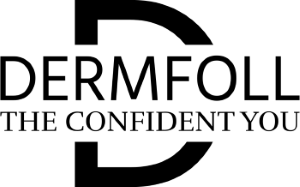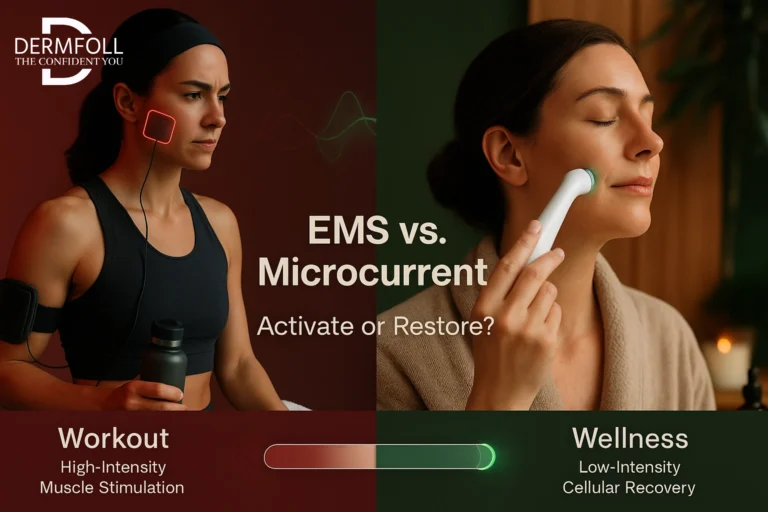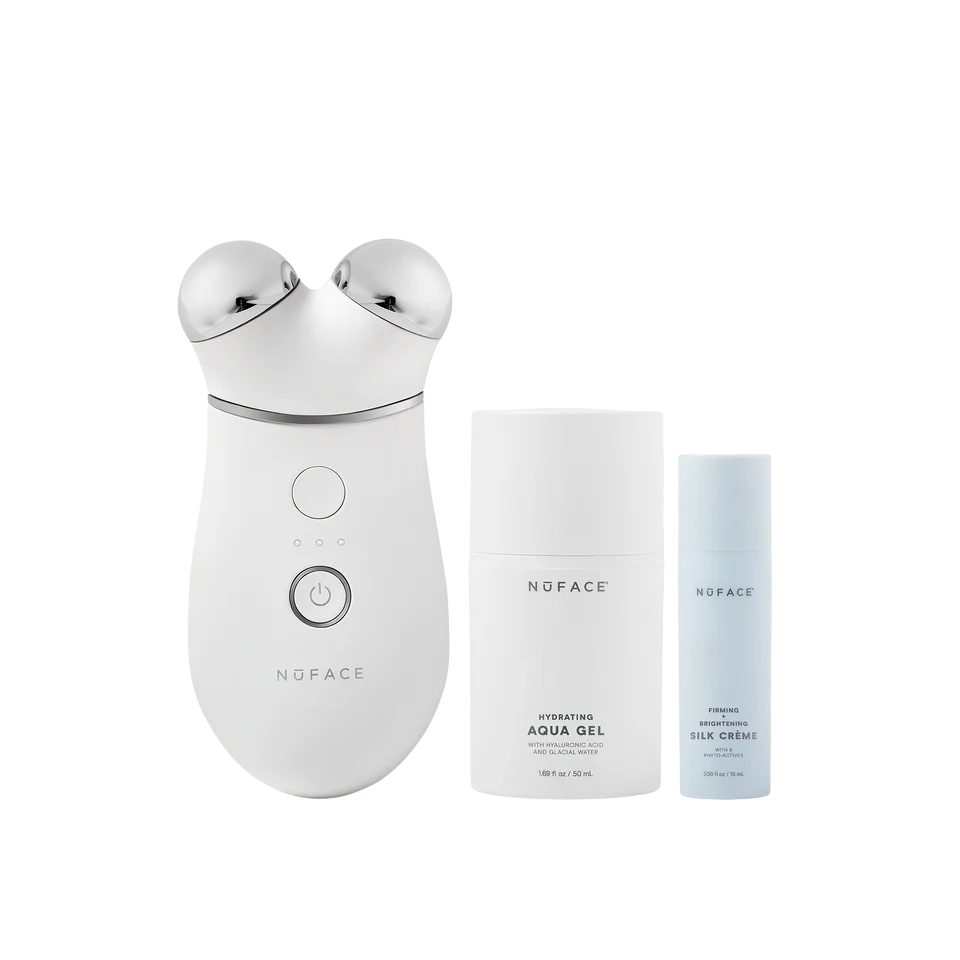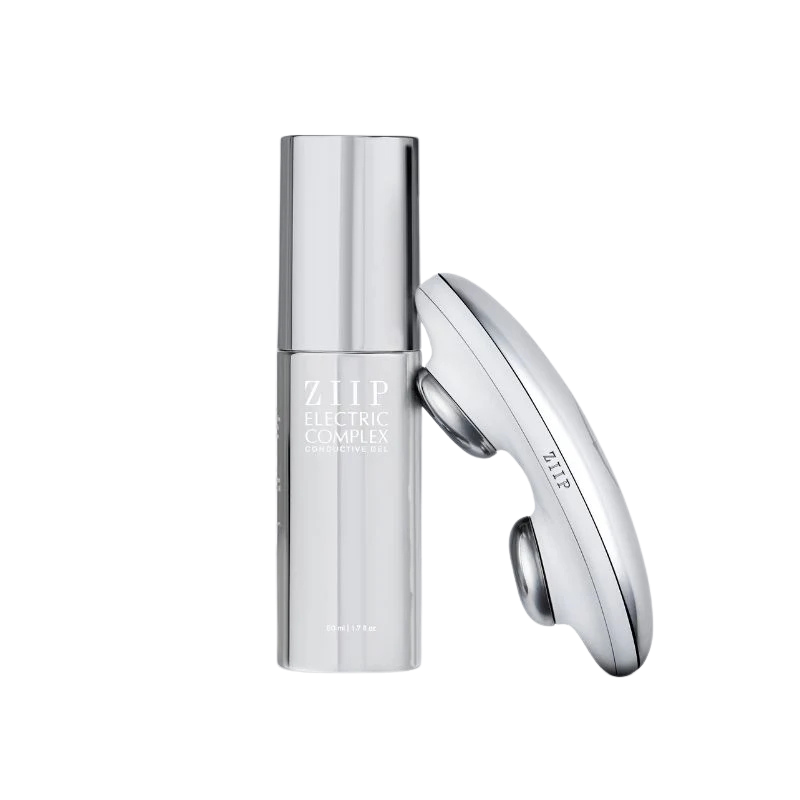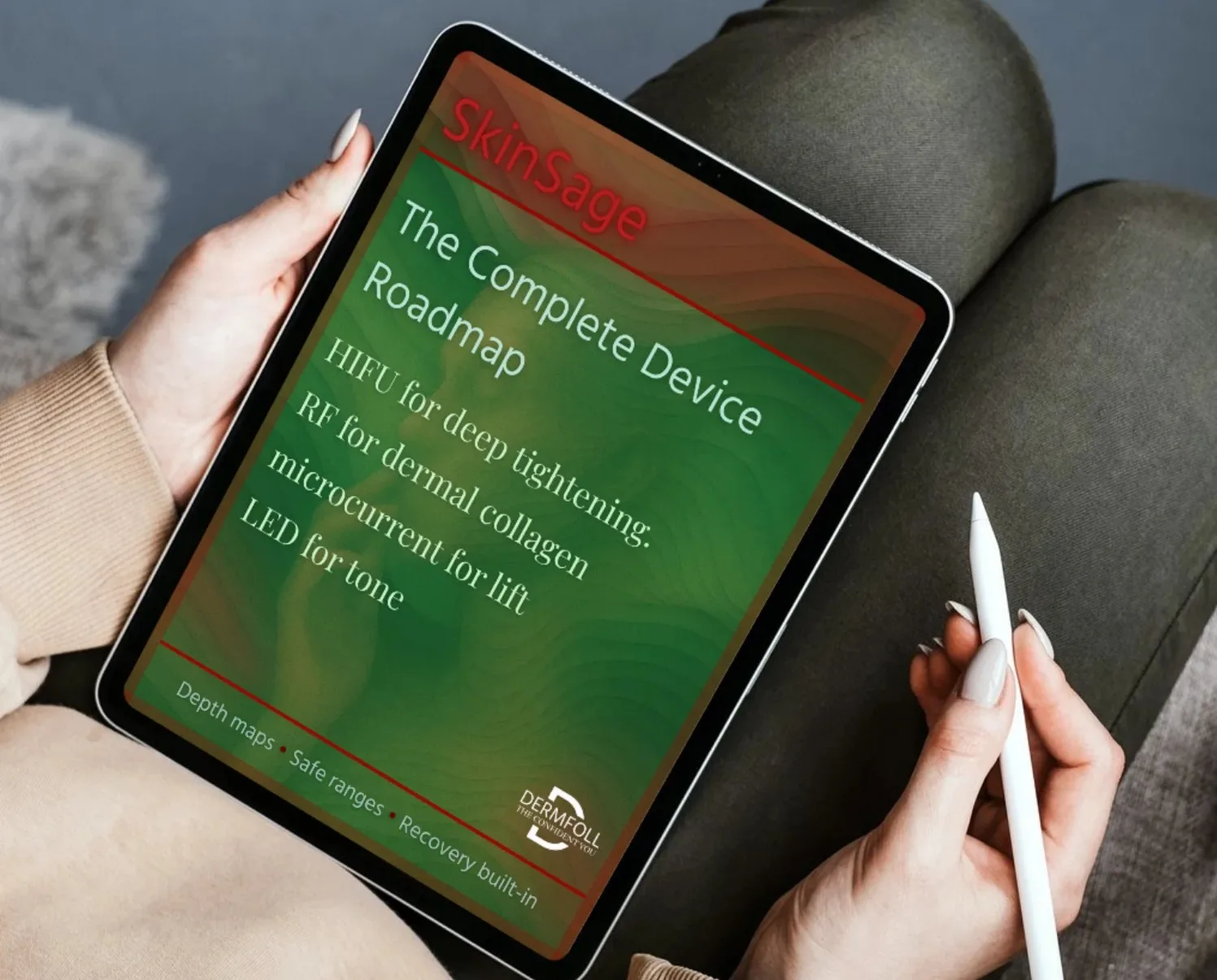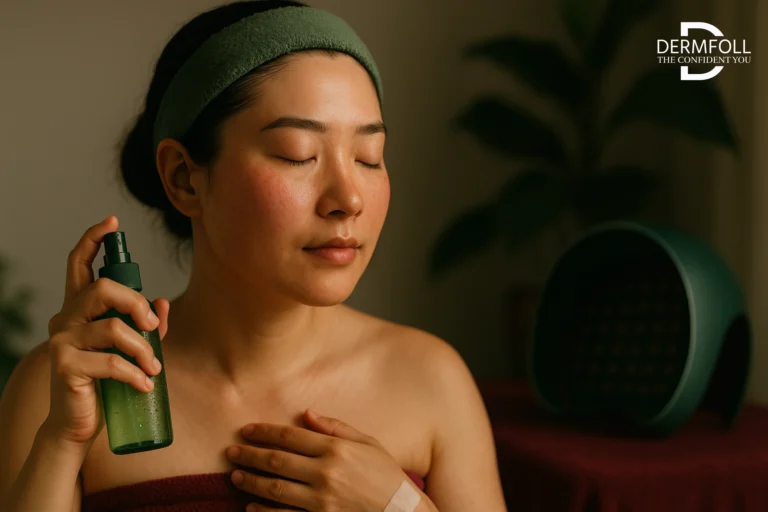Are Ems Electrical Facial Treatments The Same As Microcurrent
No, EMS and microcurrent are not the same thing.
Both are types of electrical face treatments, but they act in quite different ways. Microcurrent uses low intensity electrical currents (measured in microamperes).
Microcurrent therapies gently copy the bioelectric signals that your body naturally works with. It acts at the cellular level by increasing ATP, activating collagen, and toning facial muscles without making them constrict.
In contrast, EMS (Electrical Muscle Stimulation) uses much stronger currents (in milliamperes) to directly trigger visible muscle contractions. An EMS device for skin is designed to “work out” the muscles by forcefully engaging them – more like physical training for your face.
So, while they both use electricity, microcurrent is more like passive cellular therapy, whereas EMS is more like an intense gym session for your facial muscles.
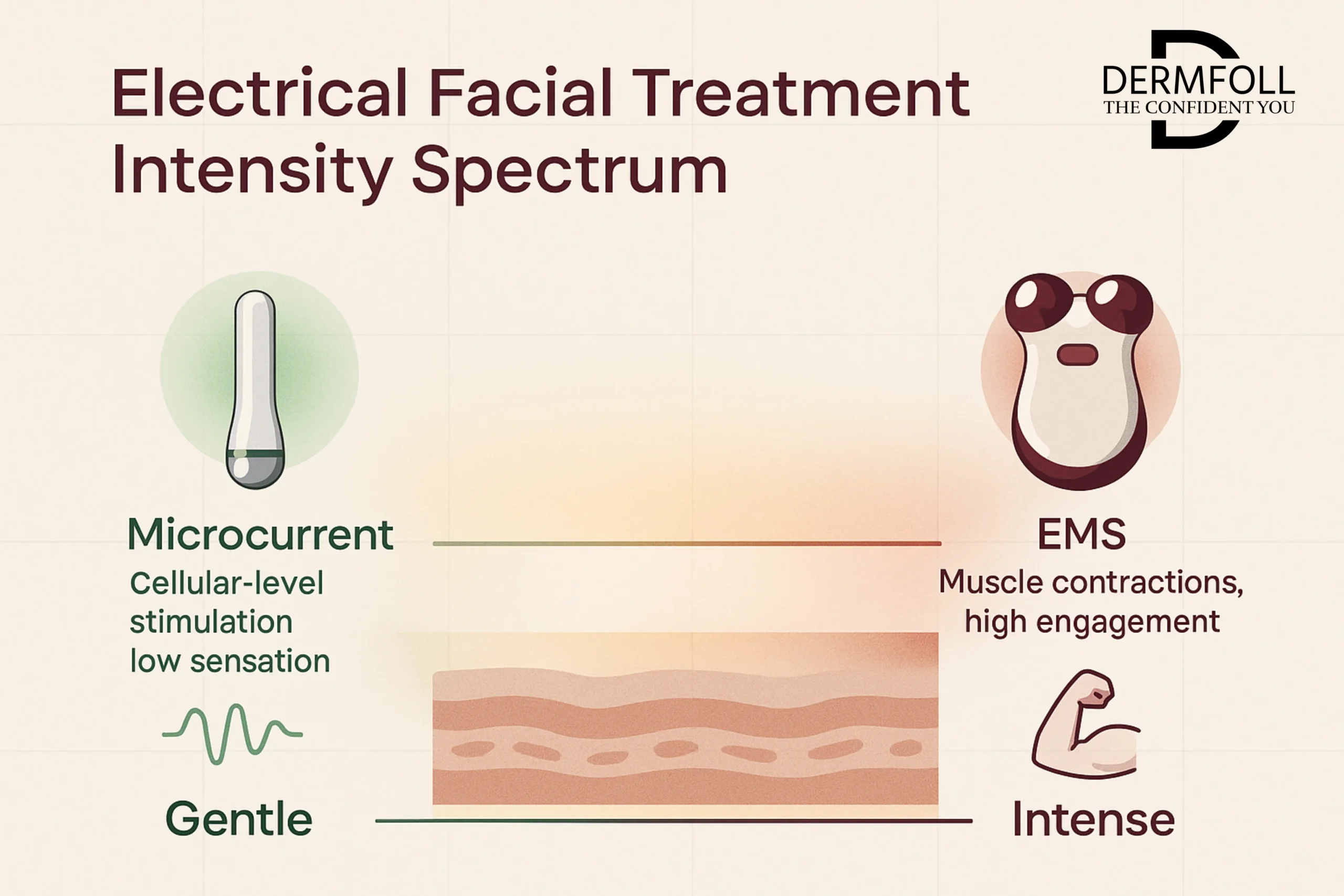
EMS vs. Microcurrent: The Difference in Mechanism and Muscle Engagement?
You may have heard of electrical face treatments like microcurrent and Ems device for skin. They may look the same at first because they both employ electrical currents to stimulate your skin.
But if we look more closely, the way they work, how they feel, and what they do are all very different. Let’s break it down.
EMS: Moving around and contracting muscles
An EMS device for skin sends greater electrical impulses directly to your motor neurons, which are the nerves that drive muscle movements.
These pulses basically override your brain’s signal and cause your facial muscles to contract – like a passive workout happening under your skin.
That’s why EMS is often used when people want visible lifting, stronger facial tone, or contouring. Particularly around areas that tend to sag with age – think the jawline, under the chin, or the cheeks.
You’ll usually feel EMS working, too. Most users report a tingling, buzzing, or pulsing sensation, and it’s not uncommon to see your muscles visibly twitch during the session.
“EMS delivers electrical pulses strong enough to bypass the brain and activate your facial muscles directly, like a mini workout.”
But because of that intensity, there’s a little more to consider if you have sensitive skin, as we’ll talk about in the next segment.
Microcurrent: Passive Neuromodulation and Subtle Lift
Microcurrent electrical therapy operates on an entirely different wavelength – literally. Instead of pushing your muscles to contract, microcurrent mimics the body’s own bioelectric signals.
Functioning at ultra-low levels (we’re talking microamperes, which are one-millionth of an amp). It doesn’t make your muscles noticeably move. Instead, it nudges your skin cells to perform more efficiently.
This sub-sensory stimulation boosts ATP production – basically the energy your cells need to heal, regenerate, and produce collagen and elastin.
So if you’ve ever wondered, does microcurrent stimulate collagen? – yes, it can help by energizing the cells that create it.
“Microcurrent isn’t about making muscles jump – it’s about reminding them how to hold their shape.”
Over time, with consistent use, microcurrent helps retrain facial muscles, improve lymphatic drainage, and subtly lift sagging contours.
It’s gentle, cumulative, and usually very comfortable – even for those with sensitive skin.
How These Two Modalities Feel Different on the Face
This is where the contrast becomes really clear:
EMS feels assertive. You’ll notice muscles contracting, twitching, and tightening. For some people, it’s satisfying – like feeling a workout in action. But if your skin’s reactive, it might feel overstimulating.
Microcurrent is soft and subtle. Most people don’t feel much at all. Maybe a gentle tingle or mild warmth, but it’s largely imperceptible. That’s because it’s working at a cellular level, not forcing muscle movement.
Both treatments are forms of electrical facial treatments, but they cater to different needs.
EMS is ideal for those looking for stronger muscle engagement and sculpting, and for a resilient skin type. While microcurrent excels in skin rejuvenation and long-term toning with little to no discomfort, recommended for individuals with fragile skin.
“With EMS, you feel it working. With microcurrent, you see it working – gradually and gently.”
Can Ems Device For Skin Be Too Aggressive for the Skin Barrier or Nerves?
It’s a fair question – and one that pops up often: If both EMS and microcurrent are types of electrical facial treatments, why does one feel way more intense than the other?
The difference comes down to how each device interacts with your skin and nerves. And honestly, when you’re dealing with sensitive or reactive skin, that difference can really matter.
EMS, and TRPV1 Activation: Is Ems Dangerous For Sensitive Skin
Is Ems dangerous for sensitive skin types? Let’s break this down. EMS devices work by sending stronger electrical impulses that actively contract your facial muscles.
These pulses are target motor neurons, which means you’ll often feel them. Think buzzing, twitching, even a little pulsing.
Your skin has sensory nerves, too. And in people with sensitive or compromised skin, those nerves – especially the TRPV1 receptors – can be super reactive.
These receptors are kind of like the skin’s panic button. When overstimulated, they can lead to burning, redness, or stinging.
“EMS engages deeper muscle fibers – but for sensitive skin, that same energy may trigger inflammatory nerve pathways like TRPV1, unlike gentler microcurrent.”
In contrast, microcurrent electrical therapy uses currents that are nearly 1,000 times lower in strength.
They’re often sub-sensory, meaning your skin doesn’t feel them the same way – and your nerves don’t overreact. This makes microcurrent a safer bet for those of us with reactive or delicate skin.
Skin Barrier Recovery and PIH: Risks in Melanin-Rich Skin
If you have melanin-rich skin, here’s something else to think about: post-inflammatory hyperpigmentation (PIH). Even minor inflammation can leave long-lasting pigment changes.
Now, EMS increases blood flow and stimulates nerves, which may look like a healthy flush – but in some cases, it can backfire.
That’s especially true if you’ve had skin barrier damage or are dealing with inflammation-prone skin. Some advanced studies for Ems device for skin suggest this combination might trigger melanin activity, increasing the risk of PIH.
“While EMS may enhance skin tone in some, it can potentially contribute to PIH in melanin-rich skin if not used cautiously.”
Again, microcurrent differs here: it’s not only gentler, but its anti-inflammatory effects and sub-sensory action reduce the likelihood of this type of pigmentation issue.
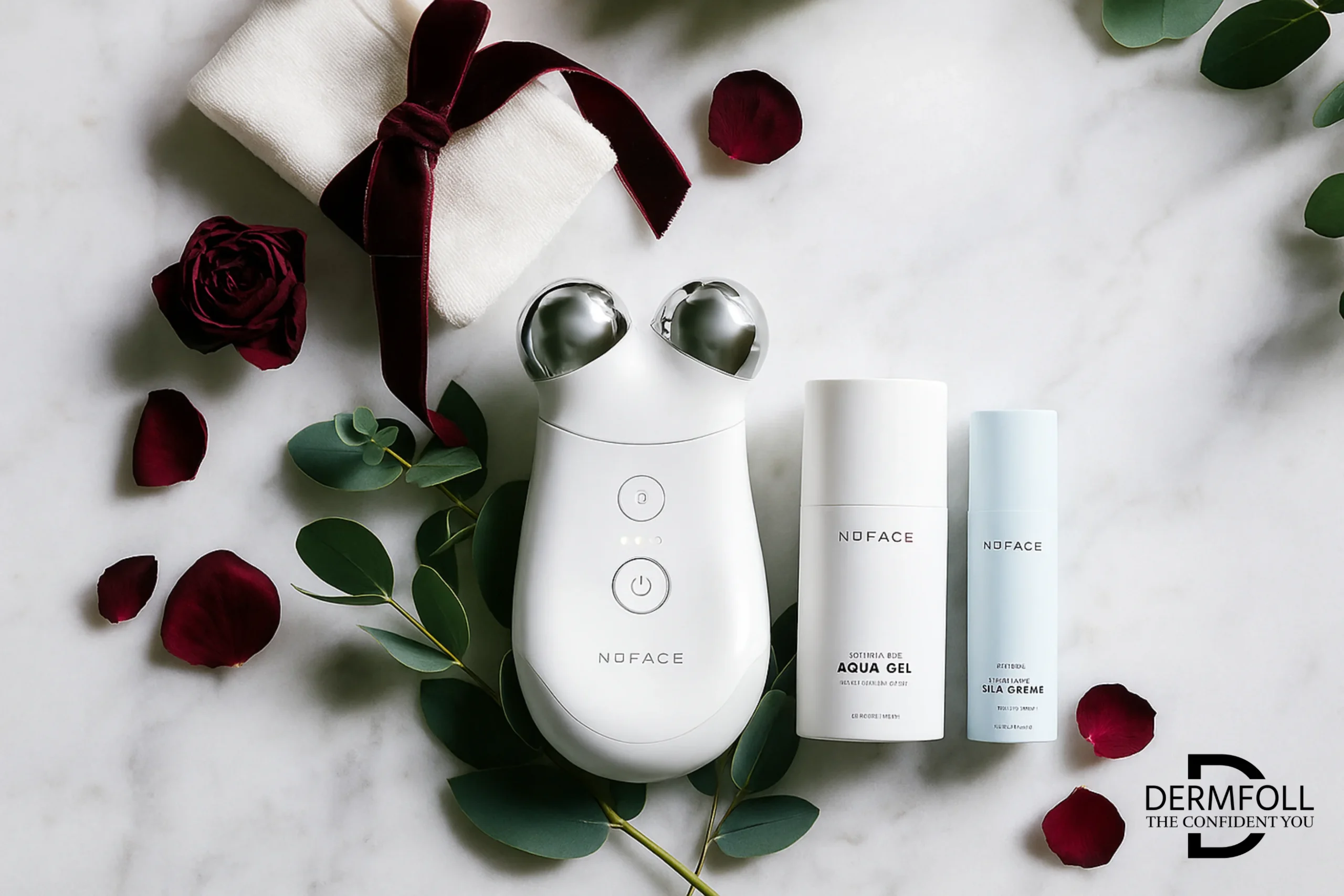
Why Choose Microcurrent at Home?
Microcurrent is gentler than an EMS device for skin, so you get a “workout” without overstimulating sensitive nerves.
I know it feels overwhelming scrolling through all the buzz about Electrical Facial Treatments – from in-clinic lasers to at-home gadgets.
Microcurrent tools bring that “facial gym” to your bathroom, like swapping a gym membership for resistance bands. With just five to ten minutes a few times a week, you’ll notice firmer tone, smoother lines, and a healthy glow.
“Microcurrent isn’t about making muscles jump – it’s about reminding them how to hold their shape.”
That gentle pulse mimics your body’s bioelectric signals, boosting ATP for collagen and elastin production.
TRINITY+ Starter Kit: Clinical-Level Toning Made Simple
If you’re new to this, the TRINITY+ Starter Kit is like your friendly, cordless coach. It’s FDA-cleared, so you know it’s gone through safety checks, and it connects to an app that guides you step by step.
“Trinity+ delivers a teeny, painless electrical current that feels like a gentle facial workout.”
Here’s why it’s such a great pick:
- Three Intensity Levels (70 μA, 200 μA, 335 μA) and three frequencies let you tailor each session – whether you need a subtle lift around the jaw or a deeper tone under the cheekbones.
- A +25% Boost Mode for those spots that need a little extra attention.
- Interchangeable attachments, like the ELE tip for eyes and lips, so you’re never guessing how to tackle delicate areas.
- Hydrating Aqua Gel and a mini Firming & Brightening Creme are included, because no conductive gel means no current – and no results.
- The app offers video tutorials, treatment reminders, and even a progress log – perfect if you’re the type who loves a little accountability.
Who It’s For
- Beginners seeking an easy intro to at-home microcurrent
- Anyone in “pre-juvenation” mode – maintaining tone before sagging sets in
- Folks wanting a full-face lifting effect, from brows to jawline
What It Feels Like
You’ll feel a light tingling as the electrodes trace your facial contours. Some users mention a faint metallic taste – totally normal, and it usually fades with practice.
Pros and Cons at a Glance
Pros
- Cordless and cute – fits right in your skincare shelf
- Clinically proven, with a reassuring FDA-clearance
- Instant mini-lift and long-term collagen benefits
- App-guided, so you never get lost in the routine
- Includes quality gels and targeted attachments
Cons
- Pricey initial investment (around $395–$540)
- Daily five-minute commitment for best results
- Proprietary gels can run low quickly
- You need the app to unlock all frequencies
ZIIP HALO: Bioelectric Skincare Meets Luxury
“Its sub-sensory stimulation boosts ATP production – the energy your cells need to heal, regenerate, and produce collagen and elastin.”
When you want more than a simple lift, the ZIIP HALO steps in with both microcurrent and nanocurrent for a truly bioelectric experience.
It works seamlessly with Electric Complex, Silver, Crystal, or Golden gels to drive active nutrients deep into your skin.
Key Features
- Dual Waveform Technology: Microcurrent tones muscles; nanocurrent enhances collagen, elastin, and hyaluronic acid
- Guided App Routines: 6 complete facials, 7 targeted boosters, plus multi-week treatment plans
- Proprietary Gels: Designed to stay slick and amplify ingredient delivery through electroosmosis
Ideal for you if
- You’ve tried at-home microcurrent and want a luxe upgrade
- You crave instant lift, glow, and reduced redness
- You appreciate clear app-led tutorials and structured routines
Pros
- One device covers face, eyes, and lips – no extra heads
- Wide, customizable in-app treatment library
- Lightweight, ergonomic design with USB-C charging
Cons
- Premium price and ongoing gel refills
- Fully app-dependent – no offline modes
- Requires 3–6 weekly sessions for best results
Side-by-Side Comparison: Which One Is Right for You?
Here’s a quick look to help you pick between the TRINITY+ and the ZIIP HALO:
| Metric | TRINITY+ Starter Kit | ZIIP HALO |
|---|---|---|
| Current Type & Strength | Microcurrent only (70–335 μA) | Microcurrent + Nanocurrent (900 nA–400 μA) |
| Skin Goals | Lift, tone, fine-line smoothing | Lift, glow, redness reduction, texture |
| Sensitivity | Gentle, slight tingling | Ultra-gentle nanocurrent; mild tingles |
| Price Point | $395–$540 | $399–$420 |
| Treatment Zones | Face + neck (ELE tip for eyes/lips) | Face, neck, eyes, lips (no extra tips) |
With TRINITY+, you get a solid microcurrent foundation and targeted attachments. ZIIP HALO adds nanocurrent for deeper cell work and a hands-free, luxury experience.
CONCLUSION
By now, we’ve covered the essentials of how electrical facial treatments like microcurrent and EMS work, and more importantly, how they feel and perform on different skin types.
Choosing the right at-home tool comes down to your skin’s needs and comfort. Microcurrent devices like TRINITY+ and ZIIP HALO give you safe, clinic-grade toning without the risk of overstimulation that EMS can bring. With consistent five- to ten-minute sessions, you’ll support collagen, boost circulation, and maintain that lifted, radiant look.
Think about your priorities: targeted attachments and guided app routines with TRINITY+, or the dual-waveform luxury of ZIIP HALO. Whichever you pick, stick with it—and be patient. Your skin will thank you.
Ultimately, it’s not about which device is “better” – it’s about choosing what aligns with your skin’s needs, tolerance, and long-term goals.
In our next post we have pinned microcurrent tech against Radio frequency, Check out our next post for better clarity while choosing the right product for your Skincare goals and needs.
